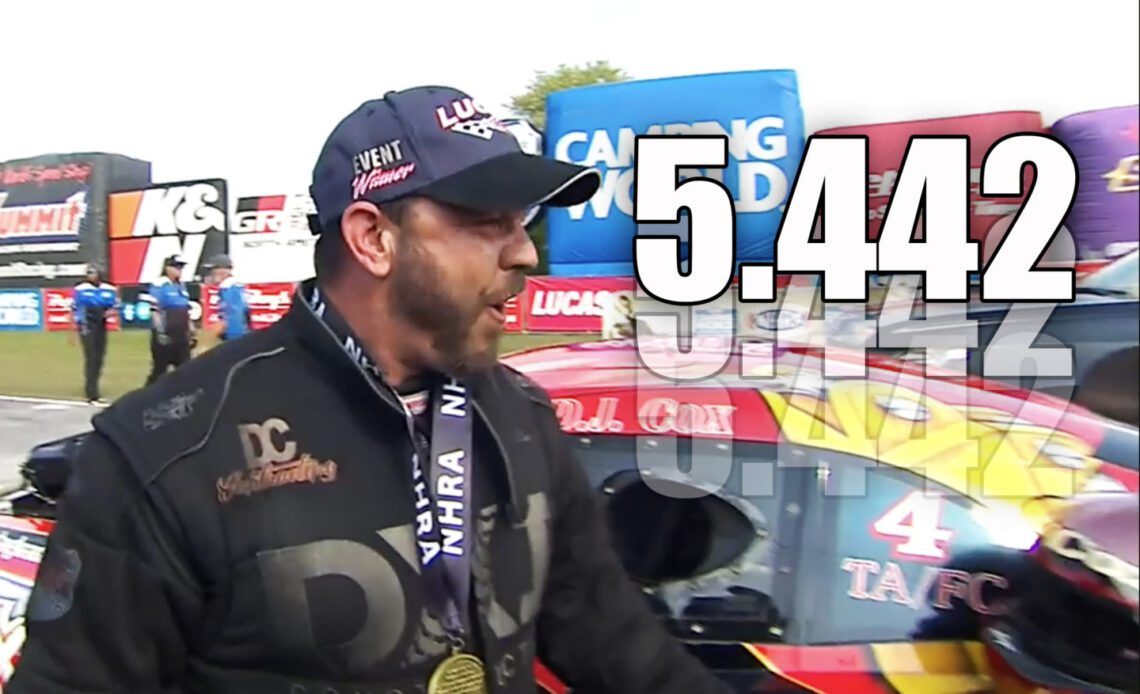There are a staggering number of variables involved in any given pass down a dragstrip, from the mechanical and physical elements to situational and atmospheric conditions. Those attributes become ever more the case when comparing two runs side-by-side or in seeking consistencies in a car from one lap to the next. Beyond the fine details the engine like the tuneup and the infinitesimal variances in the lubricants and all the parts and pieces inside the engine, there’s things like starting-line rubber buildup and prep of the surface, the length of the burnout, idle time, and the staging process, positioning in the staging beams, track temperatures, the engine and drivetrain temperatures at launch, wheelstands, milliseconds of tire-spin or shake, shift points, even gusts of wind, and so on to near infinity, that can alter the outcome of a run. So may factors, big and small, can sway an elapsed time one way or the other, that even the most underpowered, tame, and consistent of cars find it difficult to put the exact same numbers up twice in a row.
Take a notoriously violent type of racecar, where picture-perfect straight runs are overwhelmingly the exception, and where the driver manually operates a clutch and shifts a three-speed transmission, and the ability to repeat a performance at all takes on a whole new level of difficulty. But three times? That’s next level stuff.
Top Alcohol Funny Car racer DJ Cox, Jr. accomplished one of the more mind-bending statistical feats during qualifying on Friday and Saturday at the Pep Boys NHRA Nationals at Maple Grove Raceway, when he recorded the exact same elapsed time to the thousandth on three consecutive runs over a two-day period. His initial 5.442-second pass, in Friday afternoon’s opening qualifier, placed him on the provisional pole. While he was ultimately overtaken for the top spot by weekend-long qualifying partner Sean Bellemeur in the final session, he was undoubtedly — we don’t even have to go look — the single most consistent racecar to that point anywhere on the property, in any eliminator.
Cox’s car, of course, had to be perfect. But even the atmospheric conditions, while very similar, varied some. He clocked his first run, a 269.83 mph blast, on Friday afternoon, with a 71 degree air temperature, 56 percent relative humidity, a barometer of 30.21, and adjusted altitude of 1,552 feet. On the second run, later that…
Click Here to Read the Full Original Article at DragzineDragzine…

